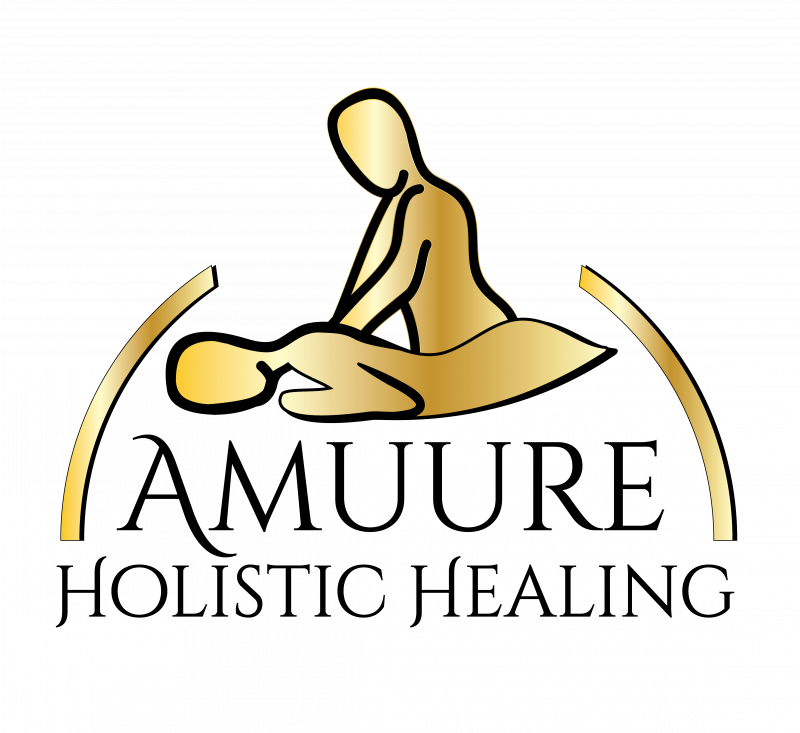Holistic Health for Pain Management
Holistic medicine is a form of healing that considers the whole person - body, mind, spirit and emotions - in the quest for optimal health and wellness. According to the holistic medicine philosophy, one can achieve optimal health - the primary goal of holistic medicine practice - by gaining proper balance in life. There has been a recent shift towards more alternative forms of medicine, as research in psychology and the social sciences has challenged the conventional approach to medicine and has sought to develop a more extensive model that can be applied in clinical practice.
Natural approaches to medicine are gaining traction in the US as Americans are seeking safer and healthier ways to manage their pain and to enhance their wellbeing. In fact, “arthritis and joint pain are within the top five reasons people seek out complementary and alternative medicine” [John Hopkins].
Similarly, the National Centre for Health Statistics evaluated adult use of yoga, meditation and chiropractors between 2012 and 2017 and found that:
• Yoga increased from 9.5% to 14.3 %
• Meditation increased from 4.1% to 14.2%
• Chiropractic care increased from 9.1% to 10.3%
It is clear that a change in awareness is moving towards natural health with holistic medication also on the rise. If you want to combine holistic techniques into your pain management routine, then we recommend trying some or all of the following options if you want to combine holistic techniques into your pain-management routine.
Self-massage
Self-massage can actually be a quite effective technique that can reduce muscle and joint pain. It can even help reduce headaches. Although they aren’t a perfect substitute for massage sessions with a professional, they can help temporarily reduce unwanted aches and pains.
Expressive arts therapy
This is a creative and enjoyable technique you can try for pain management - it is not only therapeutic but the distraction it provides can significantly help with pain. Try sitting in a quiet place, or putting on soft, gentle music and painting with watercolors, sculpting or molding clay, or making an expressive art piece with glue and tactile objects such as rocks, tree bark, and feathers from a craft store. You can also try cutting out words and pictures from old newspapers and magazines to make a collage.
Meditation or mindfulness
The practice of meditation or mindfulness can be used to calm the mind and the body. Such practices alleviate the intensity of pain by modifying thoughts and behaviours related to pain. Yoga and mindfulness exercises are an amazing place to start.
CBT
CBT has become an increasingly popular form of short-term therapy. Its objective is to focus on challenging unhelpful cognitive distortions and behaviours and in turn aims to develop personal coping strategies that target solving current problems, which can include pain.
Although CBT can be done with a trained professional, it doesn’t need to be. Late last year we released our very own blog on CBT and how it can be used to manage pain. You can check it out here.
Pain can be disabling, exhausting and disempowering. The joint forces of conventional medicine and holistic techniques provide a well-rounded approach to treatment that includes biological, physical and social aspects to pain. If you’re interested in incorporating some holistic medicine practices into your daily life, try some of the techniques provided above and see what a difference they can make!

